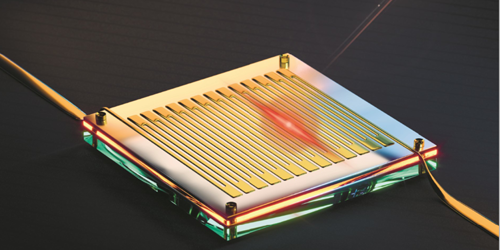August 20, 2025• Physics 18, s104
Superconducting sensors can detect single low-energy photons. Researchers have now used this capability in a dark matter experiment.
Maxim Karmantzov
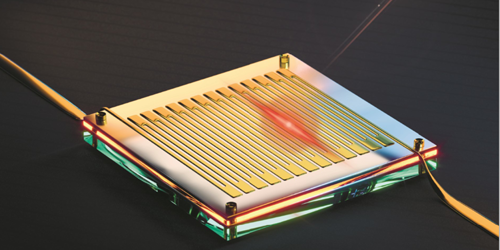
Maxim Karmantzov
Putative dark matter particles with masses below around 1 MeV are not ruled out by astronomical observations, but they are difficult to detect directly. Now Laura Baudis at the University of Zurich and colleagues have performed a direct-detection experiment dedicated to exploring this mass range [1]. The results provide new constraints on models of dark matter particles with masses as low as 30 keV/c2.
Most direct-detection experiments have focused on dark matter whose masses overlap with those of known elementary particles. If dark matter particles are much lighter, they lack the energy to cause the excitation or ionization events that standard semiconductor photon detectors can see. In a 2022 proof of concept, researchers—including some members of Baudis’s team—tested a device that’s sensitive to lower-energy events: a superconducting nanowire single-photon detector (SNSPD) (see Synopsis: Dark Matter Goes Down to the Wire) [2]. In SNSPDs, low-energy photons—and, potentially, dark matter particles—produce measurable changes in the devices’ electronic properties by breaking up the Cooper pairs that carry the supercurrent.
Baudis and colleagues optimized their latest SNSPD for dark matter detection. In particular, they equipped it with superconducting microwires instead of nanowires to maximize its cross section. They also gave it a thin, planar geometry for direction-dependent sensitivity. Any dark matter signal should be stronger in the direction of the Sun’s motion through the Milky Way, so this dependence on direction helps to filter out non-dark-matter events.
The researchers say that improvements to the technique could allow them to reach the threshold of 1 keV/c2, below which dark matter models confront astrophysical and cosmological constraints.
–Marric Stephens
Marric Stephens is a Corresponding Editor for Physics Magazine based in Bristol, UK.
References
- L. Baudis et al., “First sub-MeV dark matter search with the QROCODILE experiment using superconducting nanowire single-photon detectors,” Phys. Rev. Lett. 135, 081002 (2025).
- Y. Hochberg et al., “New constraints on dark matter from superconducting nanowires,” Phys. Rev. D 106, 112005 (2022).
Laura Baudis, Alexander Bismark, Noah Brugger, Chiara Capelli, Ilya Charaev, Jose Cuenca García, Guy Daniel Hadas, Yonit Hochberg, Judith K. Hohmann, Alexander Kavner, Christian Koos, Artem Kuzmin, Benjamin V. Lehmann, Severin Nägeli, Titus Neupert, Bjoern Penning, Diego Ramírez García, and Andreas Schilling
Phys. Rev. Lett. 135, 081002 (2025)
Published August 20, 2025
Subject AreasAstrophysicsParticles and FieldsRelated Articles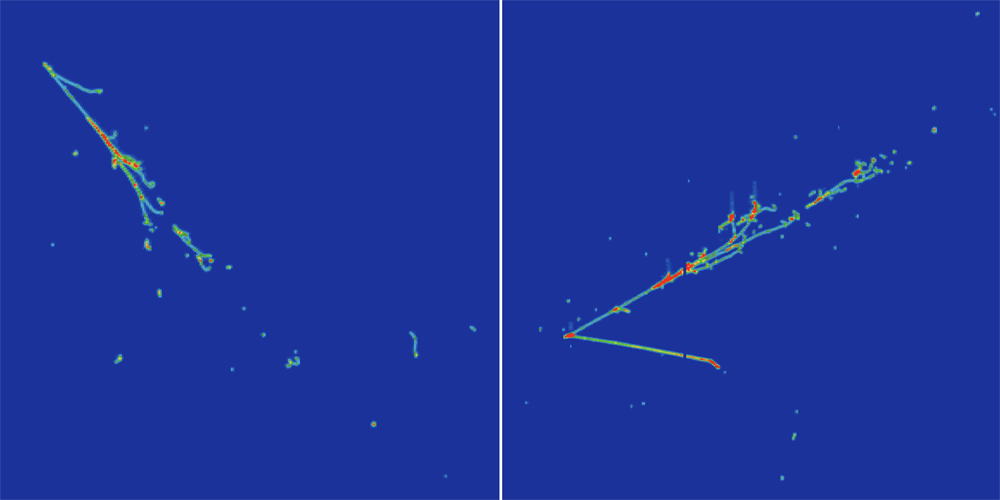
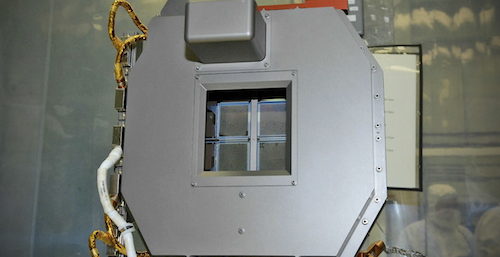
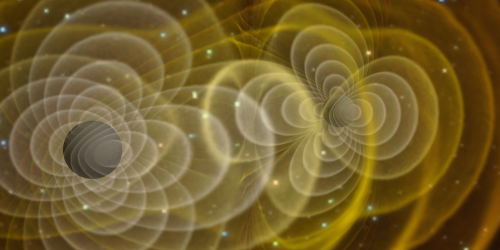 More Articles
More Articles
